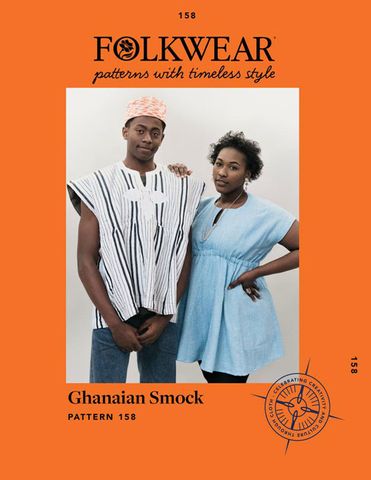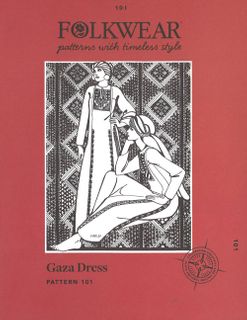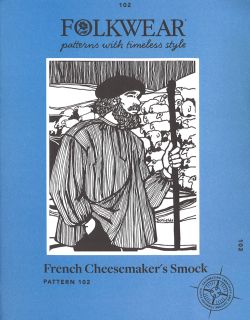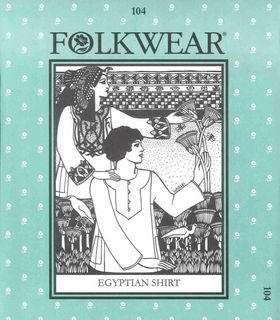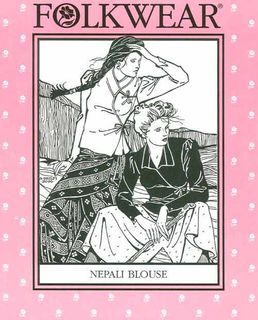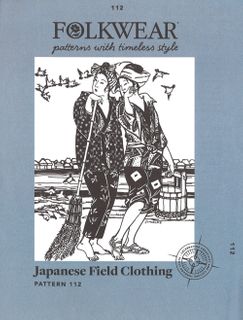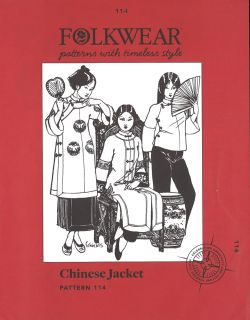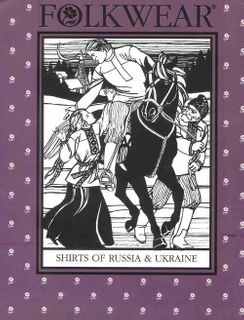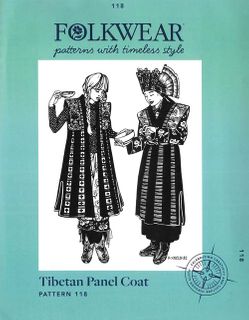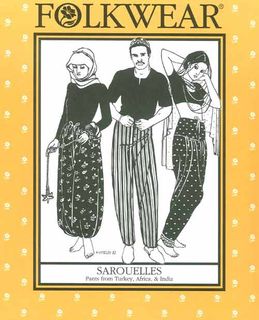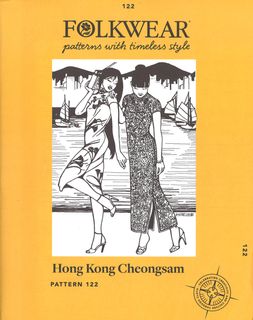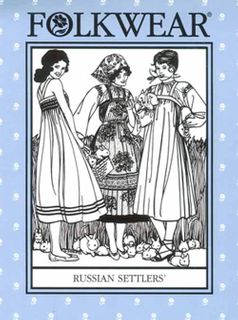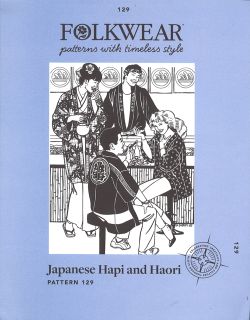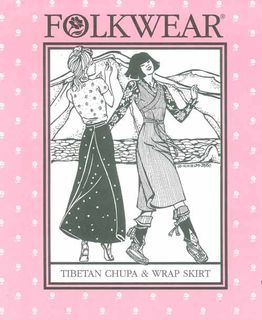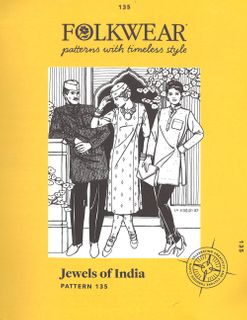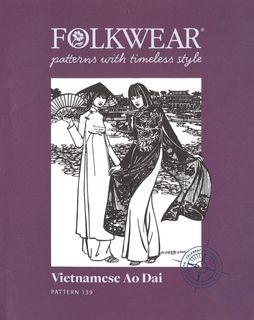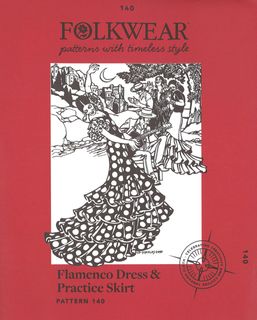- Home /
- SEWING PATTERNS /
- HISTORICAL & ETHNIC /
- Ghanaian Smock
Products
- COMING SOON
- JUST ARRIVED
-
CRAFT
- BEADING & JEWELLERY
- CROCHET
- CROSS STITCH
- DESIGN & INSPIRATION
- DOLLS, BEARS & SOFT TOYS
- EMBROIDERY
- FASHION & DESIGN
- FELTING
- FIBRE ARTS
- GENERAL CRAFTS
- GLASS, METAL, MOSAICS & CLAY
- KNITTING
- LACE MAKING & TATTING
- MAGAZINES
- MIXED MEDIA
- PAPERCRAFTS
- QUILTING, PATCHWORK & APPLIQUÉ
- QUILTMANIA
- SEWING
- SPINNING & WEAVING
- CRAFT & ART SUPPLIES
- PRACTICAL ART
- SEWING PATTERNS
- BOOKS FOR ALL TASTES
- CHILDREN
- GARDENING
- SALES & SPECIALS
- GIFT CERTIFICATES
Ghanaian Smock
Folkwear
Description
This loose-fitting top originated in northern Ghana, but is now worn in many areas of West Africa, and has become popular around the world. It is called fugu, or batakari, among other terms in Ghana, and is generally made from hand-woven strips of fabric with wedge-shaped godets inserted below the chest to give it a flared shape.
This pattern is great for fabric artists, weavers, and fabric lovers. Almost any fabric will do, from your own woven strips to regular yardage – just tear or cut it into strips and sew the strips together.
A striking top, the Ghanaian Smock is worn by men and women (women's version has elastic at the waist). Men often wear the Smock over trousers or shorts, and it can be worn by women over pants, leggings, or when made longer, as a dress on its own. Long or short sleeved shirts can be worn underneath the Smock. A kufi cap completes the outfit, and is included in the pattern. Embroidery motifs for Smock are also included.
Suggested fabrics: Cottons and cotton blends, wool, rayon, silk. Weight of facing fabric should be similar to or slightly lighter than garment fabric
Details
-
FormatPattern



